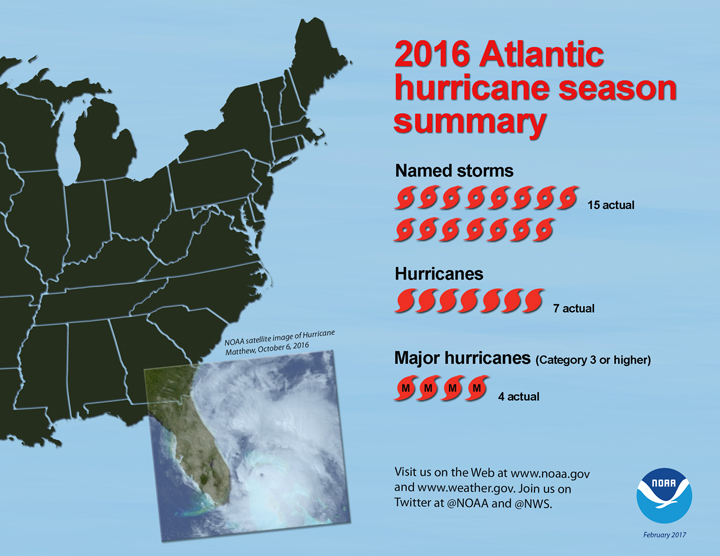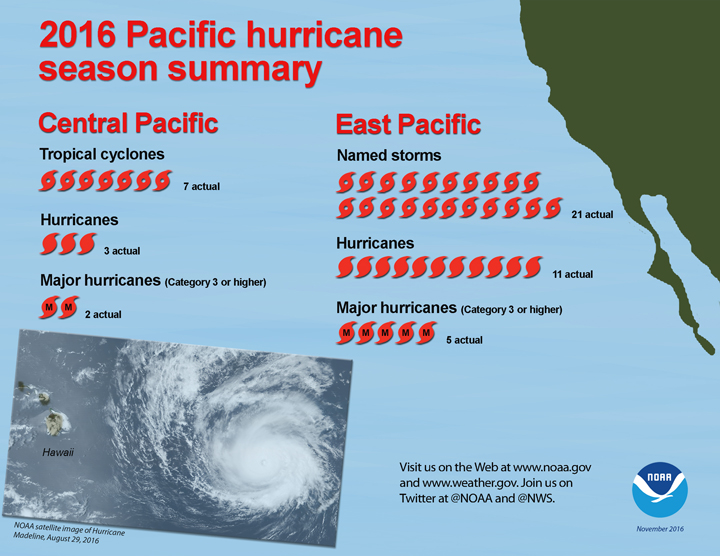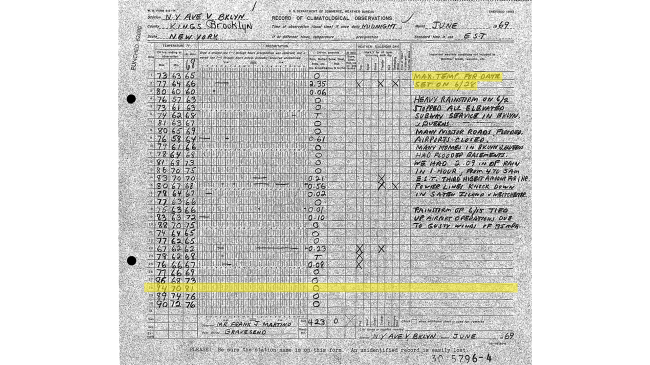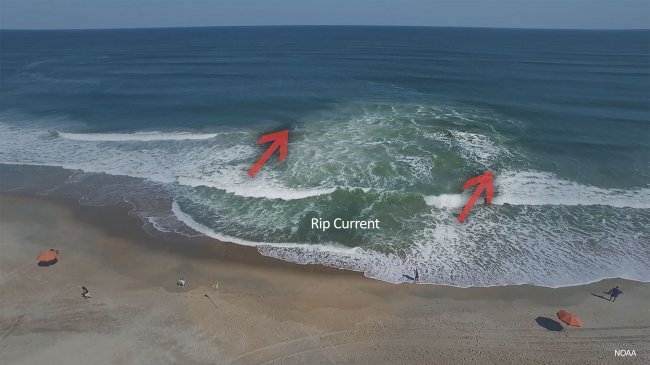As the Atlantic, eastern Pacific and central Pacific 2016 hurricane seasons end today, NOAA scientists said that all three regions saw above-normal seasons.
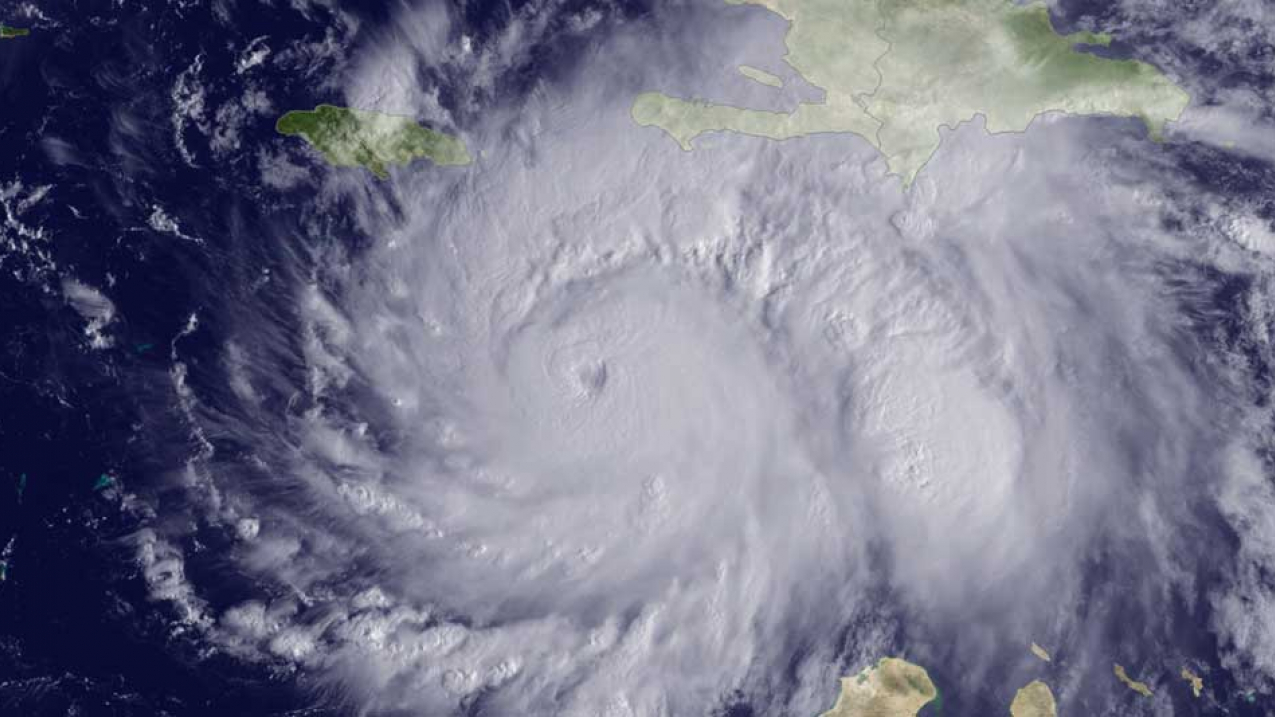
The GOES East satellite captured this image of Hurricane Matthew, currently located about 220 miles southeast of Kingston, Jamaica, at 1315 UTC on October 3, 2016. (Image credit: NOAA)



